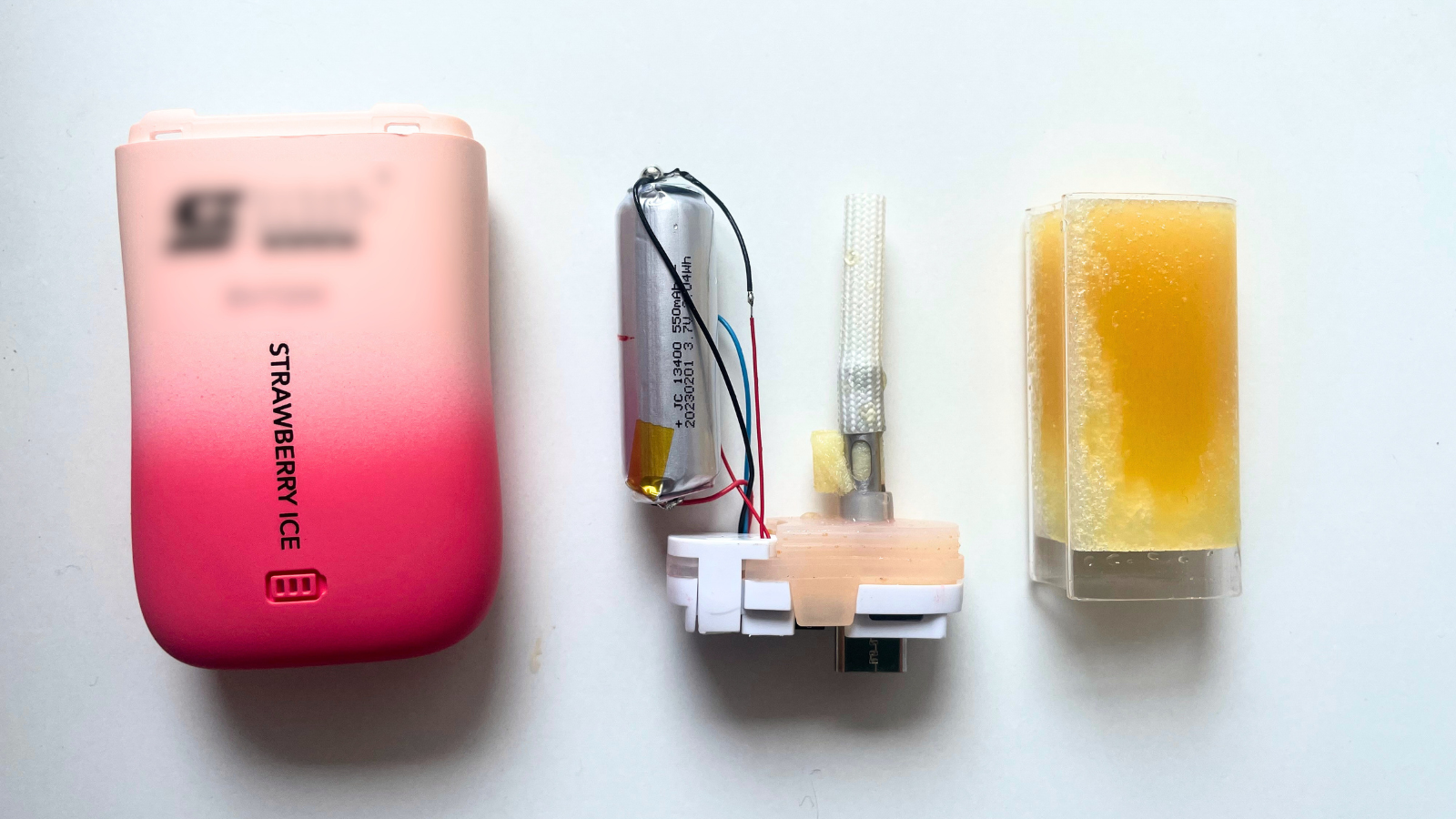Do you have a closet or basement full of old electronics that you’re not sure what to do with?
If you’re like most Americans, the answer is yes. But as soon as you try to get rid of those old smartphones, laptops, TVs or other devices, they become electronic waste (also known as “e-waste”), which can harm our environment and our health. The Environmental Protection Agency defines e-waste as “used electronics that are nearing the end of their useful life and are discarded, donated or given to a recycler.”
But don’t worry: There are plenty of ways to responsibly dispose of e-waste and even give these devices new life.
Why is e-waste a problem?
E-waste has become one of the fastest-growing waste streams in the world.
In the United States alone, we generate about 6.9 million tons of e-waste each year. Globally, the World Economic Forum estimates that we’ll produce around 81.6 million tons of e-waste yearly by 2030. That’s a problem — especially when only 17.4% of this e-waste is being properly recycled worldwide.
Part of the problem is that these materials are difficult to recycle properly. For starters, there’s a lack of infrastructure and regulation around e-waste recycling. Additionally, e-waste can contain hazardous materials such as lead and mercury and require special handling to avoid releasing them into the environment.
Despite making up less than 2% of the U.S. waste stream, e-waste is responsible for two-thirds of heavy metals in landfills. And when improperly disposed of in a landfill, these toxic chemicals can leach into the soil and even contaminate groundwater. That’s why it’s essential to dispose of electronics responsibly.
How can we reduce e-waste?
We all know the three Rs: reduce, reuse, recycle. We can reduce the amount of new electronics we purchase by keeping our old gadgets going for longer. Here’s how you can keep your electronic devices going and, when one has got to go, how you can make sure it gets reused or properly recycled:
- Keep your electronic devices going for longer. Protecting your electronics to extend their lifespan is key to reducing e-waste. Use durable cases, follow best practices to keep batteries going, replace batteries when they wear out, and avoid exposing your devices to extreme temperatures or moisture.
- If it works but you don’t need it, sell it. If your device works, it has value. A number of electronics sellers refurbish used electronics. Many manufacturers and retailers, including Amazon, Best Buy, Gazelle, and phone makers such as Apple or Samsung have refurbishing programs. For example, when I put my older phone’s specifications into Gazelle, it offered me $75. Before you sell a device, however, you should wipe your personal data off it to protect your privacy. You can find instructions online. Responsible refurbishers will erase your data, but it’s best to do it yourself to be sure.
- Donate it to someone who can use it. If you have functioning electronics that you no longer need, consider donating them to a local organization. It’s a great way to support your local community while keeping electronics out of landfills. Many nonprofits, schools and community centers accept used electronics. For example, Free Geek in Portland, Oregon, gives away and sells furbished computers, phones and electronics at a deep discount. You can also use larger national programs, such as the partnership between Dell and Goodwill, the World Computer Exchange, or Cell Phones for Soldiers.
- Recycle it. If your electronics are truly at the end of their useful life, be sure to recycle them responsibly. Look for local electronic recycling centers that will safely dispose of your devices and extract any valuable materials for reuse. Some companies that sell electronics, including Best Buy and Staples, will also recycle broken electronics for you, and your local hardware store will probably take old light bulbs and batteries (though you should ask them, first).
Reducing e-waste can help our environment and our health
E-waste may be a growing problem, but we all have the power to make a difference. By reusing, donating and recycling our electronics responsibly, we can help reduce the harmful effects of e-waste and protect our planet for generations to come.
And, we can make sure electronics manufacturers are doing their part to make it easy to keep our devices working longer or to reuse or recycle them responsibly.
We just convinced Google to extend support and updates for millions of Chromebooks to keep them out of the trash. Our partners are calling on Microsoft to make Windows 10 devices last longer. And we need to stop making electronic devices, like disposable vapes, that are meant to be thrown away, adding to the e-waste problem.
